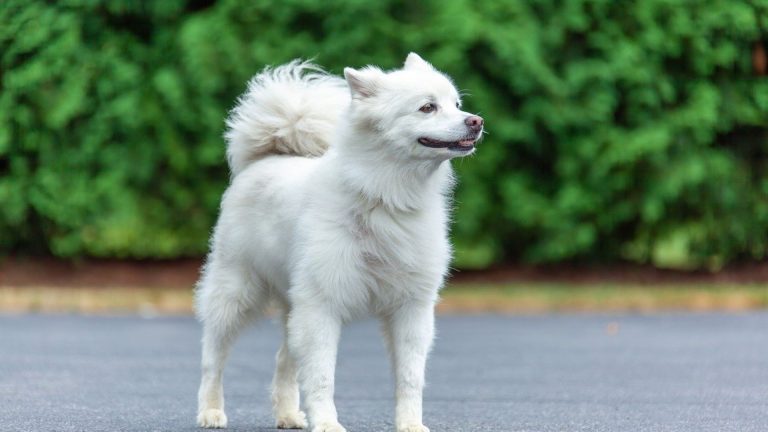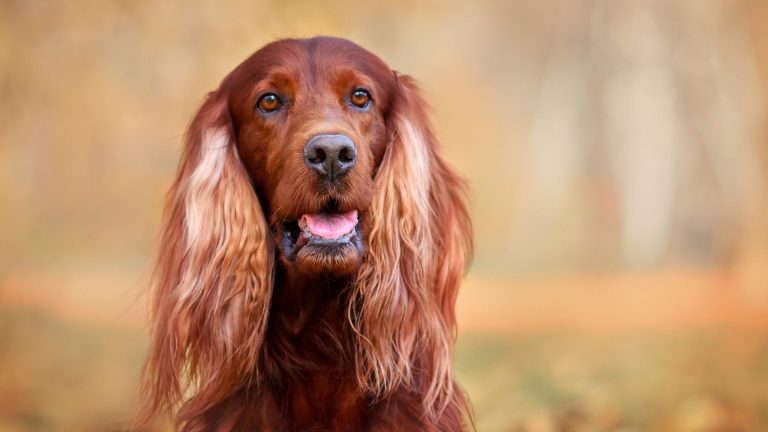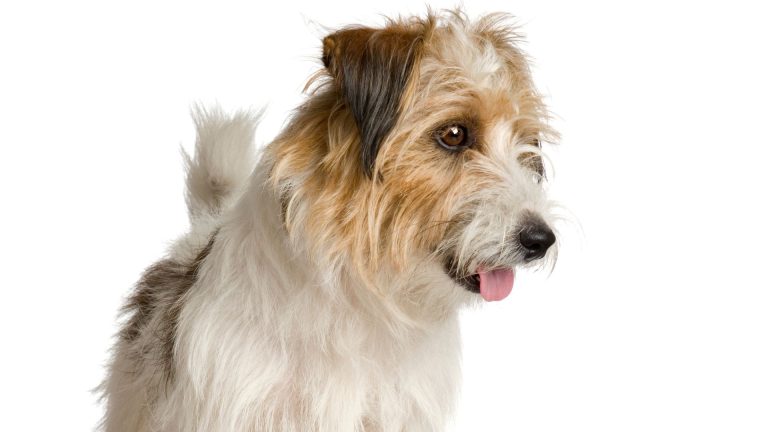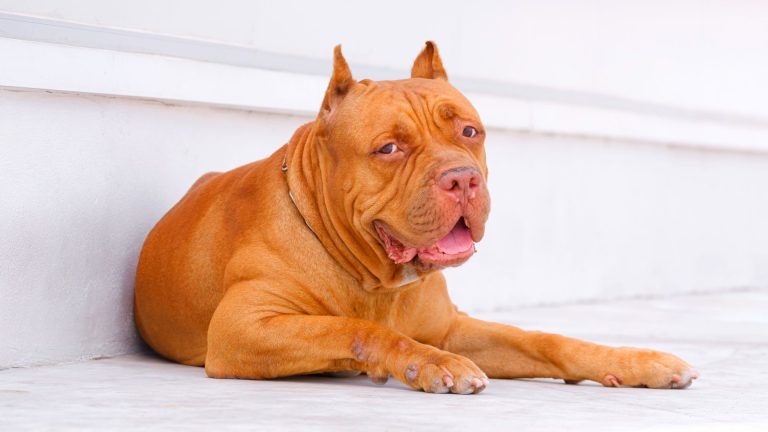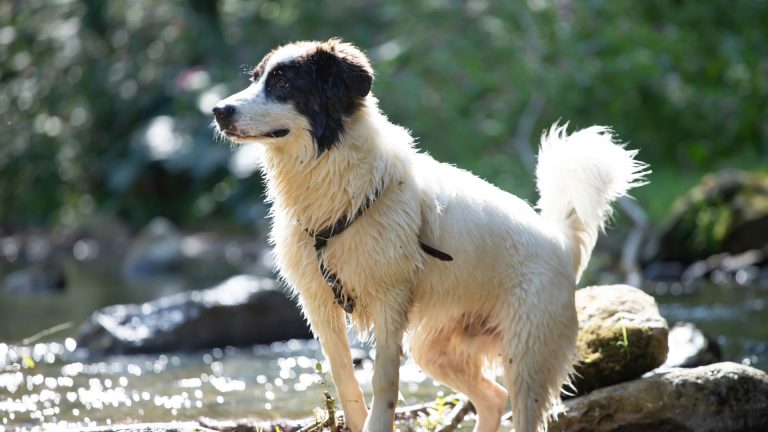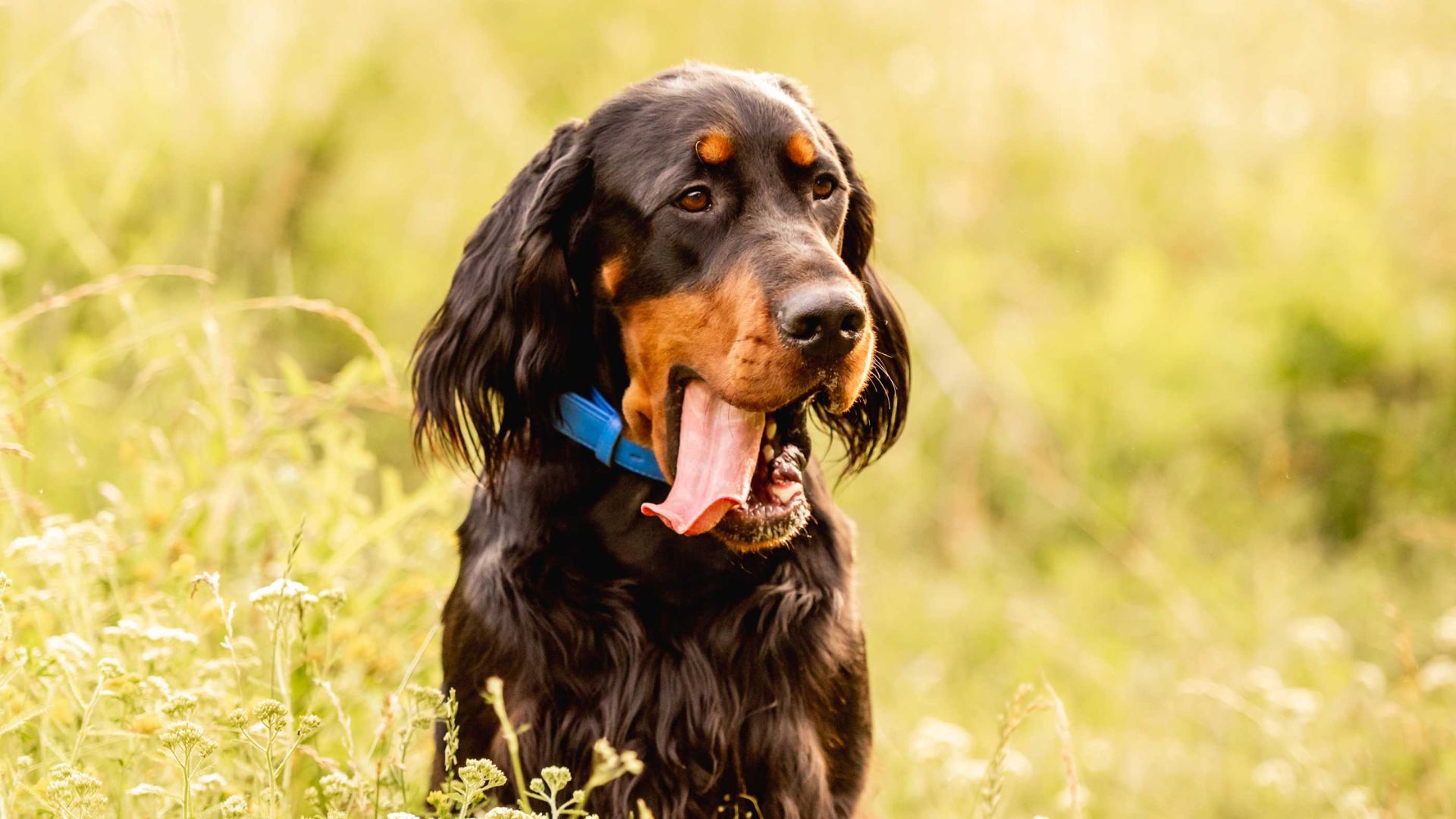
Contents
Dog breeds originating from the UK are celebrated worldwide for their diverse characteristics and rich history. These breeds, from the energetic Border Collie to the regal Cavalier King Charles Spaniel, have become beloved companions and working dogs across the globe. The UK has a long tradition of dog breeding, with many breeds developed to perform specific tasks such as hunting, herding, and guarding.
Understanding the characteristics of these UK dog breeds is essential for prospective dog owners, as it helps in choosing a breed that fits well with their lifestyle and needs. Each breed has unique traits, making it important to research and appreciate their backgrounds, temperaments, and care requirements to ensure a happy and harmonious relationship between dogs and their families.
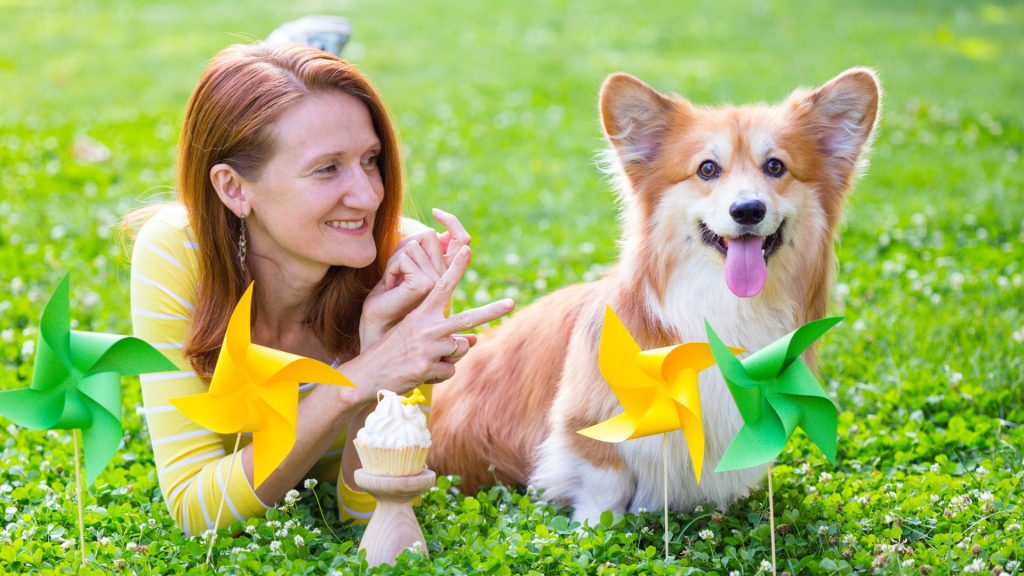
History of UK Dog Breeds
Dog breeding in the UK has a rich and storied history, deeply intertwined with the country’s culture and traditions. The practice dates back centuries, with many breeds developed for specific purposes, such as hunting, herding, and guarding. The British Isles’ diverse landscapes, from the rugged highlands of Scotland to the rolling hills of England, have significantly influenced the characteristics and traits of these breeds. For example, the Border Collie, known for its intelligence and herding abilities, was bred to navigate the challenging terrains of Scotland and northern England. Similarly, the Beagle’s development was shaped by the need for a small, agile hound to hunt in the dense woodlands of southern England.
British culture has also played a crucial role in shaping these breeds. The nobility and royalty often kept specific breeds for hunting and companionship, such as the Labrador Retriever and the Cavalier King Charles Spaniel. These breeds were selectively bred to enhance desirable traits, ensuring they met the needs and preferences of their owners. Over time, many UK breeds have become symbols of British heritage and are celebrated worldwide for their unique qualities.
Understanding the historical significance of UK dog breeds provides valuable insights into their development and helps potential owners appreciate the unique characteristics that make these breeds so special.
Popular UK Dog Breeds
Here are popular UK Dog Breeds:
Labrador Retriever
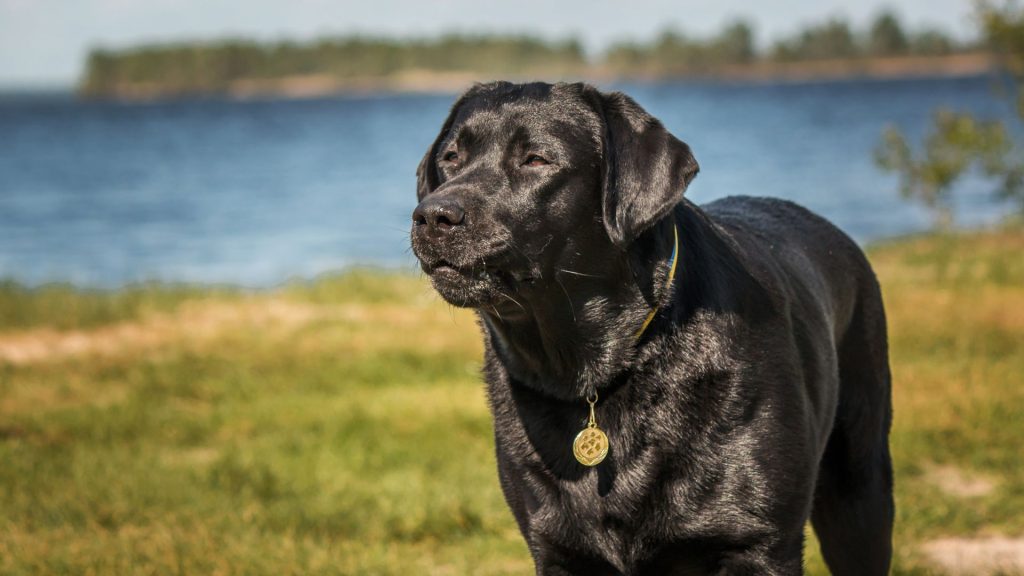
History and origin:
The Labrador Retriever originated in Newfoundland, Canada, but was refined as a breed in the UK. English fishermen brought the breed to England, where it was further developed for retrieving game.
Temperament and characteristics:
Labradors are known for their friendly and outgoing nature. They are highly intelligent, eager to please, and possess a gentle temperament, making them excellent companions.
Suitability for families and activities:
Their versatility and patience make Labradors ideal for families with children. They excel in various activities, including obedience training, agility, and as service dogs due to their trainability and reliability.
English Bulldog

History and origin:
The English Bulldog has a history rooted in bull-baiting, a popular sport in medieval England. Over time, the breed evolved from a fierce fighter to a gentle companion.
Temperament and characteristics:
English Bulldogs are known for their calm and courageous demeanor. They have a distinct, muscular build with a wrinkled face and short snout, giving them a unique appearance.
Popularity and common uses:
Today, English Bulldogs are popular family pets known for their loyalty and affectionate nature. They are also often featured as mascots due to their iconic appearance and strong British identity.
Cavalier King Charles Spaniel

History and origin:
Named after King Charles II of England, who was particularly fond of this breed, the Cavalier King Charles Spaniel has been a beloved companion dog for centuries.
Temperament and characteristics:
Cavaliers are affectionate, gentle, and adaptable. They have a silky coat and expressive eyes, which contribute to their charming appearance.
Suitability for companionship and therapy:
Their loving nature and calm disposition make Cavaliers excellent companions and ideal therapy dogs. They thrive on human interaction and are well-suited to both active and relaxed lifestyles.
Border Collie
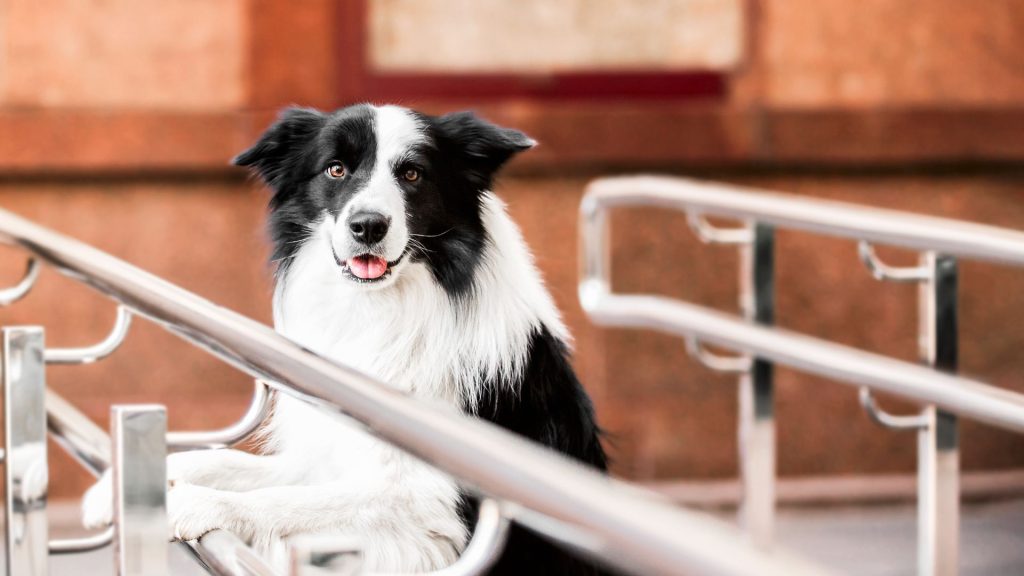
History and origin:
Originating in the border region between England and Scotland, the Border Collie was bred for herding sheep. Their exceptional intelligence and agility made them indispensable to shepherds.
Temperament and characteristics:
Border Collies are highly energetic, intelligent, and work-oriented. They are known for their intense focus and ability to learn complex tasks quickly.
Role in herding and agility sports:
Their herding instincts make them excellent working dogs, while their agility and intelligence make them top performers in agility sports and obedience competitions.
Staffordshire Bull Terrier
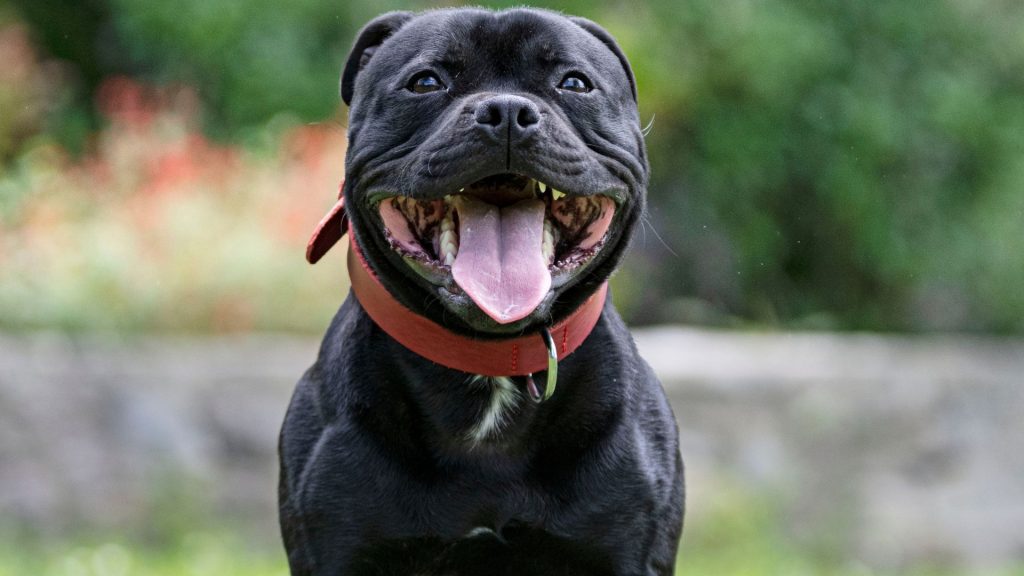
History and origin:
The Staffordshire Bull Terrier was developed in the 19th century in Staffordshire, England, for bull-baiting and later as a companion dog.
Temperament and characteristics:
Known for their courage and tenacity, Staffordshire Bull Terriers are also incredibly affectionate and loyal to their families. They have a muscular build and a strong, confident demeanor.
Popularity and reputation:
Despite their history, “Staffies” are now cherished for their loving nature and make excellent family pets. They are often misunderstood due to their past but are highly regarded by those familiar with the breed.
These popular UK dog breeds each bring unique qualities and histories that make them special. Understanding their backgrounds and characteristics helps potential owners choose the right breed to match their lifestyle and family dynamics.
Lesser-Known UK Dog Breeds
Scottish Terrier
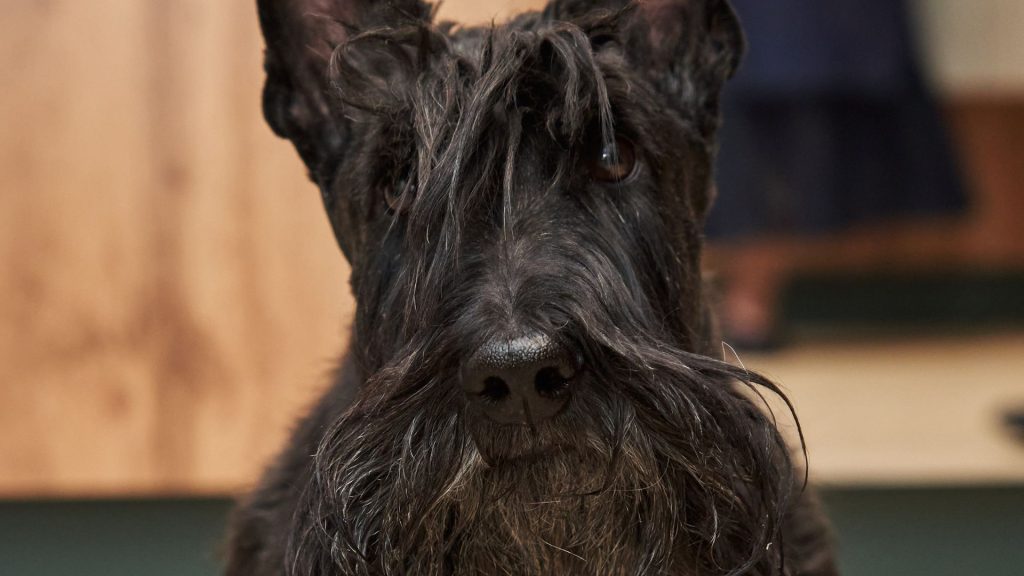
History and origin:
The Scottish Terrier, often called the “Scottie,” originated in Scotland during the 17th century. They were bred for hunting and digging out vermin like rats and foxes.
Temperament and characteristics:
Scotties are known for their independent and spirited nature. They are brave, confident, and loyal, making them excellent watchdogs. With their distinctive wiry coat and dignified appearance, they stand out as both charming and resilient companions.
Welsh Corgi
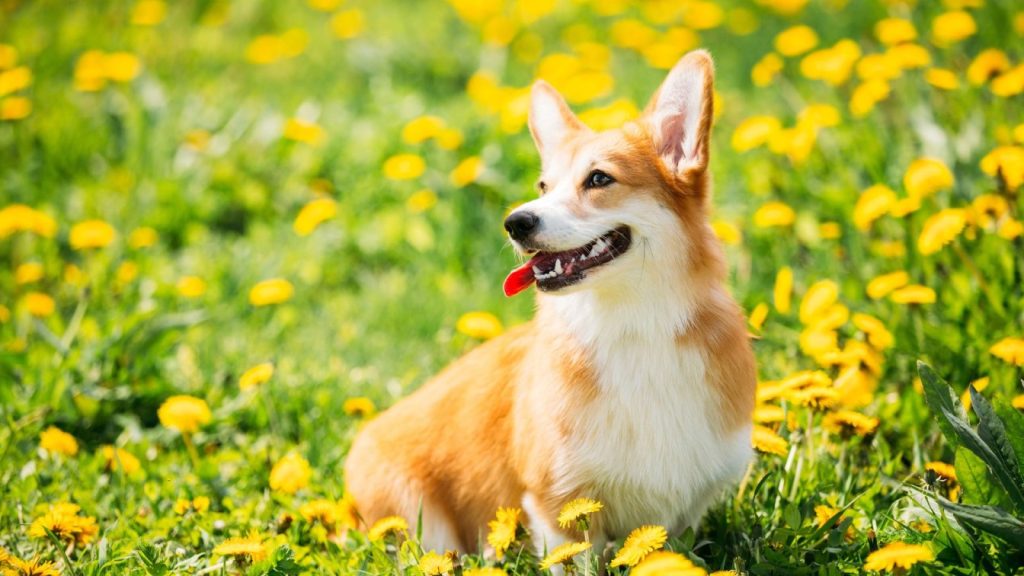
History and origin:
The Welsh Corgi, particularly the Pembroke and Cardigan varieties, has a long history in Wales. Originally bred as herding dogs, Corgis were used to drive cattle by nipping at their heels.
Temperament and characteristics:
Welsh Corgis are intelligent, alert, and playful. They are known for their affectionate nature and strong herding instincts. With their short legs and sturdy bodies, Corgis are agile and capable of quick movements, making them both entertaining and effective herders.
Whippet
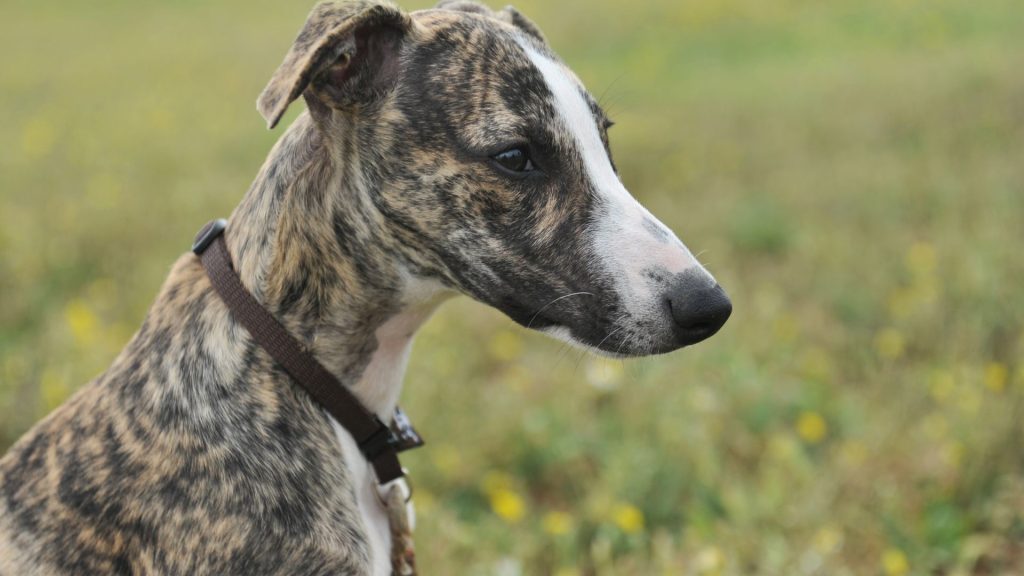
History and origin:
The Whippet, often referred to as the “poor man’s racehorse,” was developed in England in the 19th century for hunting small game and participating in racing. They were popular among working-class people who enjoyed dog racing.
Temperament and characteristics:
Whippets are gentle, affectionate, and highly energetic. They have a sleek, athletic build and are known for their incredible speed and agility. Despite their high energy levels, Whippets are calm and relaxed at home, making them excellent companions for both active and laid-back lifestyles.
These lesser-known UK dog breeds each offer unique traits and histories that contribute to their charm. Understanding their origins and characteristics can help potential dog owners appreciate the diversity and richness of British dog breeds, ensuring they find the perfect match for their household.
Choosing the Right UK Dog Breed for Your Family
Selecting the right UK dog breed for your family involves careful consideration of various factors to ensure a harmonious fit for your household.
Factors to Consider:
Size:
The size of the dog is a crucial factor. Larger breeds, like the Labrador Retriever, require more space and may not be suitable for small apartments. Conversely, smaller breeds like the Scottish Terrier can adapt well to smaller living spaces.
Energy Level:
Different breeds have varying energy levels. High-energy breeds, such as the Border Collie, need plenty of exercise and mental stimulation, making them ideal for active families. Lower-energy breeds, like the English Bulldog, are better suited for more relaxed households.
Grooming Needs:
Grooming requirements vary significantly between breeds. Breeds with long or thick coats, like the Cavalier King Charles Spaniel, require regular grooming to maintain their coat’s health and appearance. Breeds with shorter coats, like the Whippet, have minimal grooming needs.

Matching Breeds to Family Lifestyles and Living Conditions:
Active Families:
Families who enjoy outdoor activities and have time for regular exercise should consider breeds with high energy levels. Breeds like the Border Collie and Labrador Retriever thrive in environments where they can run, play, and engage in physical activities.
Laid-Back Households:
For families with a more relaxed lifestyle, breeds with lower energy levels and minimal exercise requirements are ideal. The English Bulldog and Whippet are excellent choices for families who prefer shorter walks and a more sedentary home environment.
Space Considerations:
The living space available also plays a role in choosing the right breed. Large breeds may feel cramped in small apartments, whereas smaller breeds like the Welsh Corgi can adapt more easily to limited space.
Grooming Commitment:
The time and effort required for grooming should also influence your decision. Families with busy schedules might prefer breeds with low grooming needs, while those who enjoy the grooming process may opt for breeds that require regular brushing and maintenance.
By carefully considering these factors and understanding the specific needs of each breed, you can find the perfect UK dog breed that will fit seamlessly into your family’s lifestyle and living conditions, ensuring a happy and healthy relationship for both the dog and your family.
Care and Maintenance of UK Dog Breeds
General Care Tips for Popular UK Breeds Proper care and maintenance are essential to ensure the health and happiness of UK dog breeds. Regular vet check-ups, a balanced diet, and adequate exercise are fundamental aspects of dog care. It’s important to tailor these needs to the specific breed, considering their unique characteristics and requirements.
Health Considerations and Common Issues Each breed has its own set of health considerations and potential issues. For instance:
Labrador Retrievers are prone to hip dysplasia and obesity. Regular vet visits and a controlled diet are crucial to managing these conditions.
English Bulldogs often suffer from respiratory issues due to their brachycephalic (short-nosed) structure. They also tend to have skin problems and joint issues, requiring regular health monitoring.
Cavalier King Charles Spaniels are susceptible to heart disease and ear infections. Routine check-ups and ear cleaning are essential to keep them healthy.
Border Collies can develop hip dysplasia and epilepsy. Early screening and maintaining an active lifestyle help mitigate these risks.
Staffordshire Bull Terriers are prone to skin allergies and hip dysplasia. Regular grooming and monitoring for signs of discomfort are important for their well-being.
Grooming and Exercise Requirements
Labrador Retrievers have a short, dense coat that requires regular brushing to reduce shedding. They need plenty of exercise, such as daily walks and playtime, to stay fit and mentally stimulated.
English Bulldogs have minimal grooming needs due to their short coat, but their skin folds require regular cleaning to prevent infections. They need moderate exercise to avoid weight gain but should not be overexerted due to their respiratory issues.
Cavalier King Charles Spaniels need regular brushing to maintain their silky coat and prevent matting. They enjoy moderate exercise, including daily walks and play sessions.
Border Collies require frequent brushing to manage their thick double coat. They need a high level of physical and mental stimulation, making them ideal for active families involved in agility training or herding activities.
Staffordshire Bull Terriers have a short coat that is easy to groom with occasional brushing. They are energetic and require regular exercise to keep them physically and mentally fit.
By following these care and maintenance guidelines, you can ensure that your UK dog breed remains healthy, happy, and well-adjusted, enjoying a long and fulfilling life as a cherished member of your family.
Conclusion
UK dog breeds offer a remarkable diversity and appeal, each with unique traits and histories that make them special. From the friendly Labrador Retriever to the spirited Scottish Terrier, these breeds have been cherished for their distinct characteristics and contributions to families worldwide. When choosing a dog breed, it’s essential to research and consider your family’s lifestyle, space, and specific needs to ensure a perfect match.
Taking the time to understand the various breeds helps ensure that the chosen dog will thrive in your home environment, bringing joy and companionship to your family. UK dog breeds, with their rich heritage and varied temperaments, can offer unmatched loyalty, affection, and happiness, making them wonderful additions to any household. Embrace the journey of finding the right dog, and enjoy the lasting bond and cherished memories that come with welcoming a UK dog breed into your family.

Hello, I’m Donna Carter, the founder and writer behind PetFleck.com. My journey with dogs started years ago, and it’s been a passion that has only grown stronger over time. I’ve always been fascinated by the unique behaviors and characteristics of different dog breeds, and this curiosity has led me to dive deep into the world of canine studies.
My love for dogs is the driving force behind everything I do. I’ve dedicated countless hours to researching and understanding the nuances of dog care, training, and breed-specific traits. This dedication helps me create content that is not only informative but also genuinely helpful for fellow dog lovers and owners.
At PetFleck, I combine my extensive knowledge and hands-on experience with my passion for dogs to provide valuable insights and tips. Whether it’s exploring different breeds or offering practical advice on dog care, I aim to share knowledge that makes a real difference in the lives of dogs and their families.
I’m thrilled to share my love for dogs with you through my writing. I hope my articles inspire and inform, helping you to better understand and appreciate the incredible bond we share with our furry friends.
Thank you for visiting PetFleck.com, and I look forward to connecting with you through our shared love of dogs!

